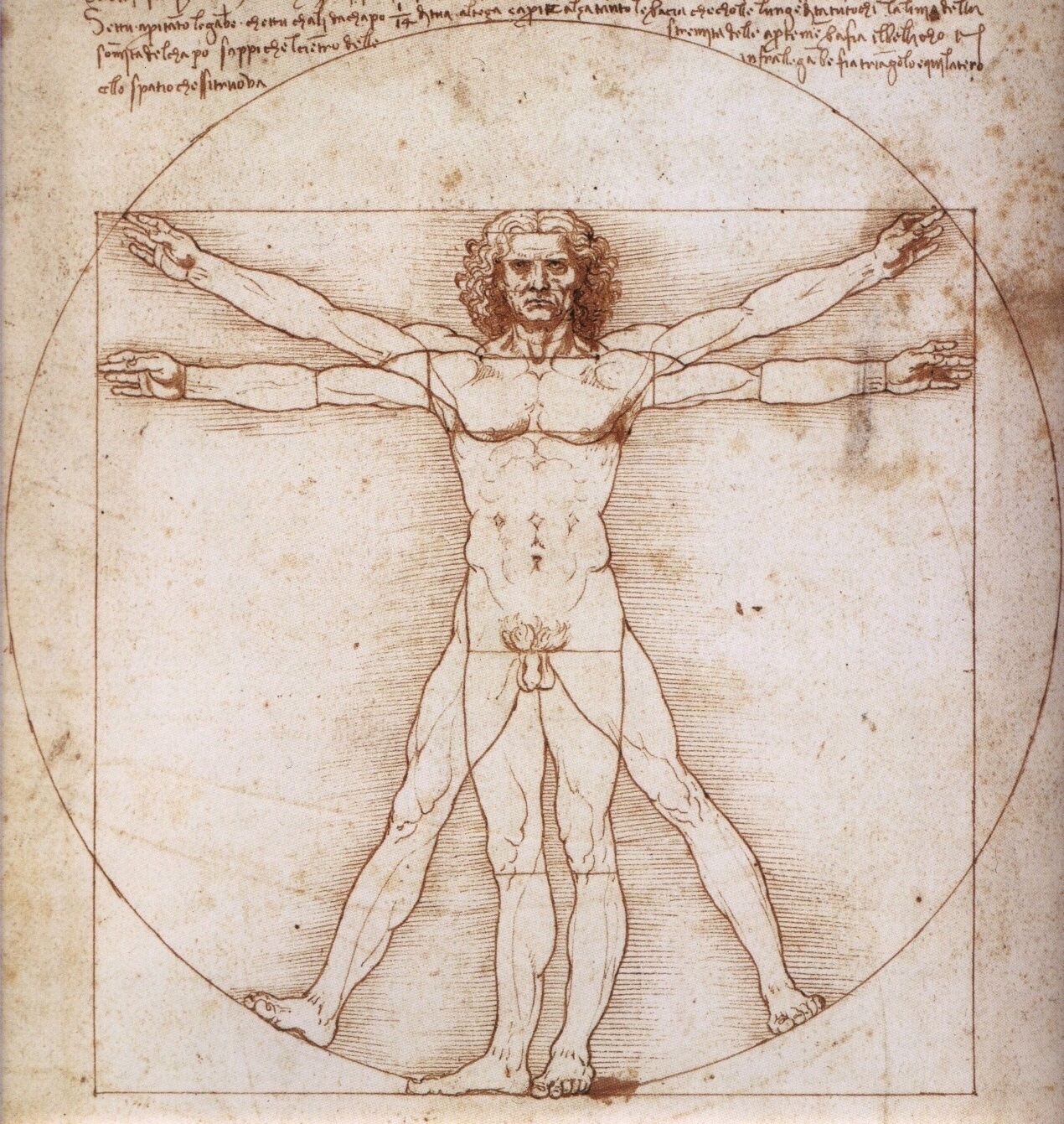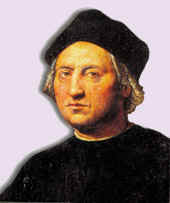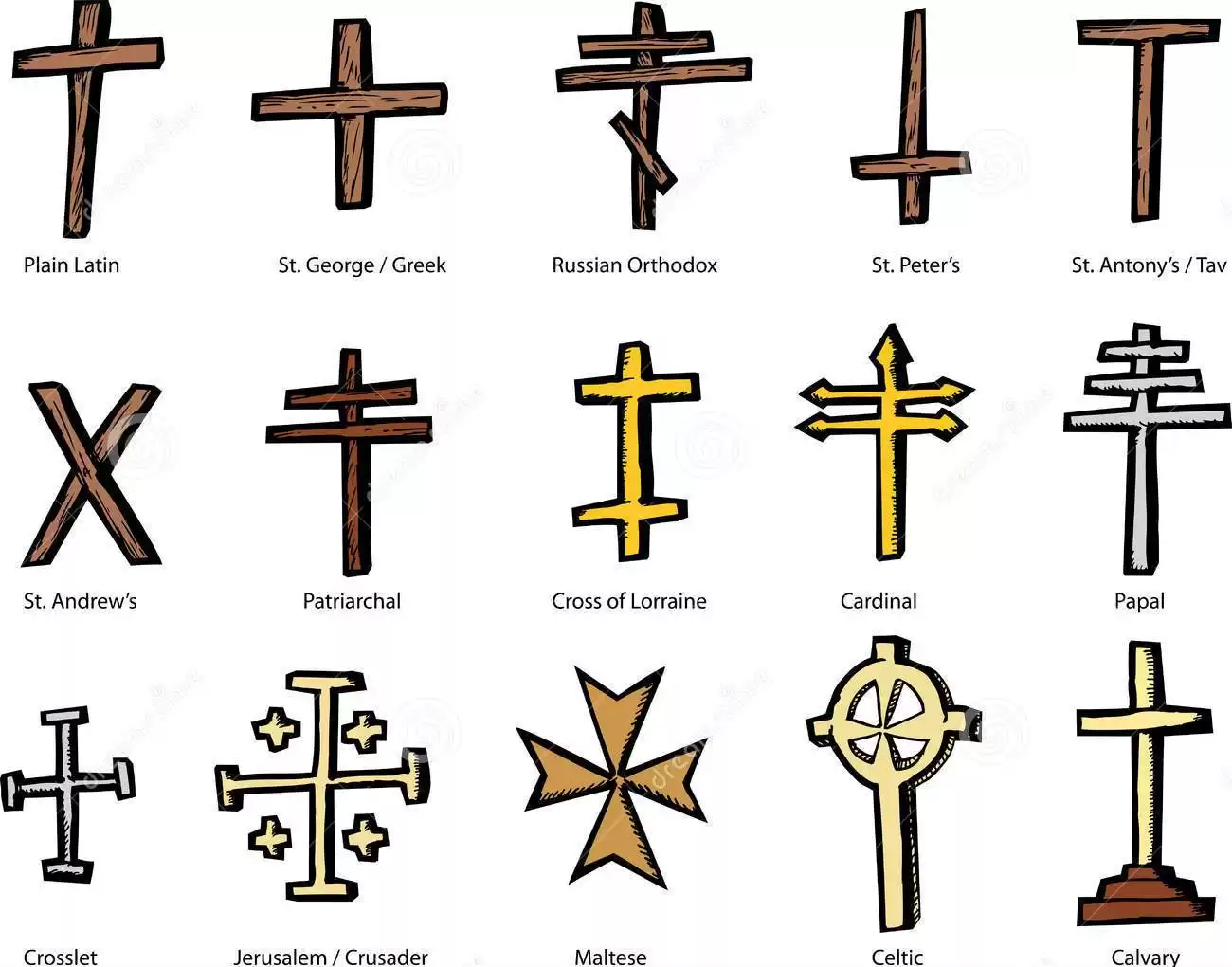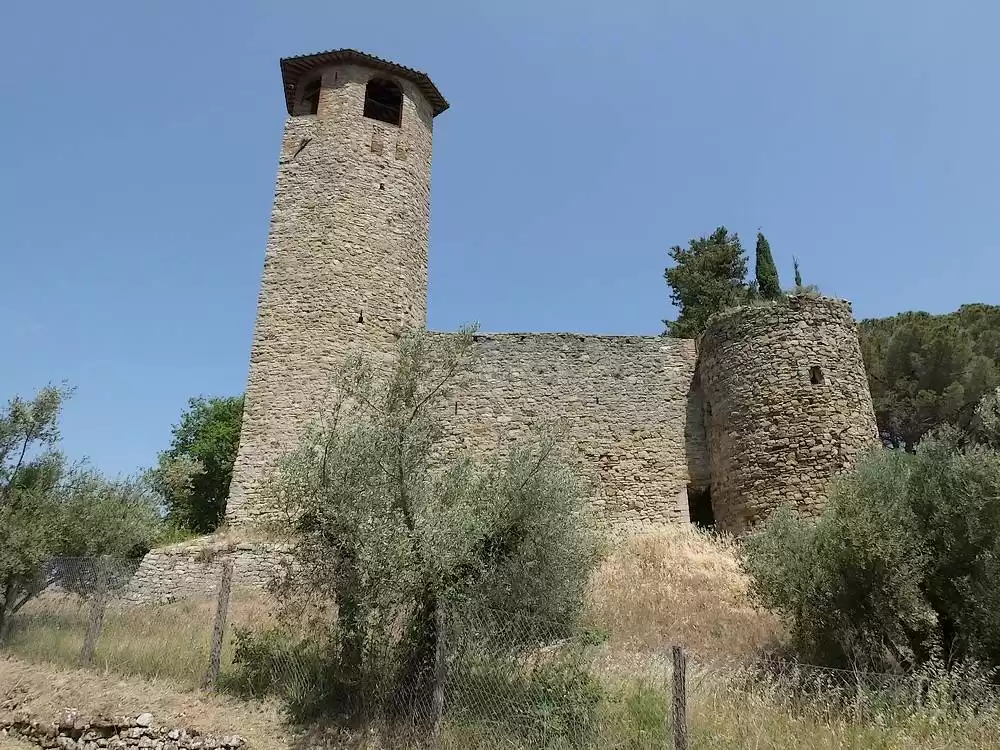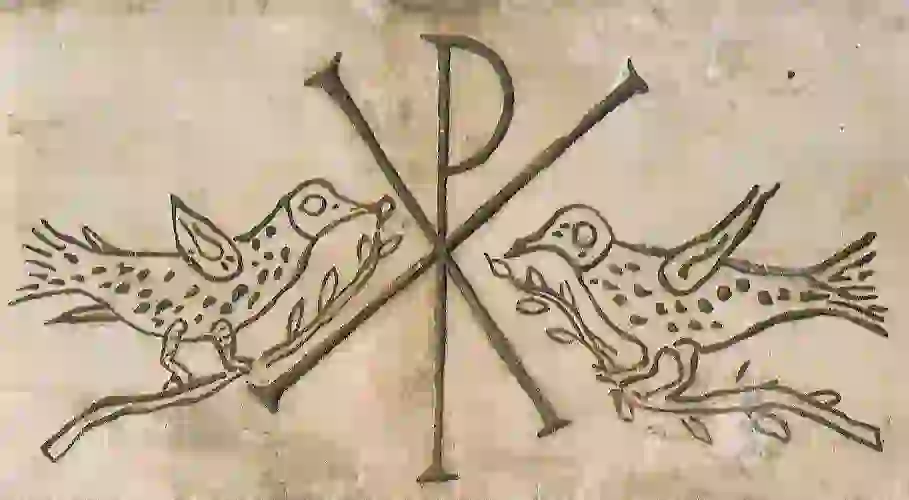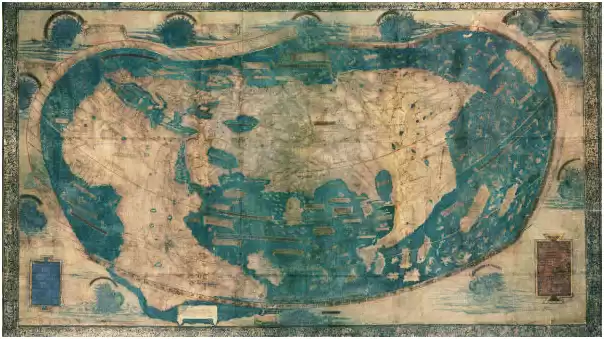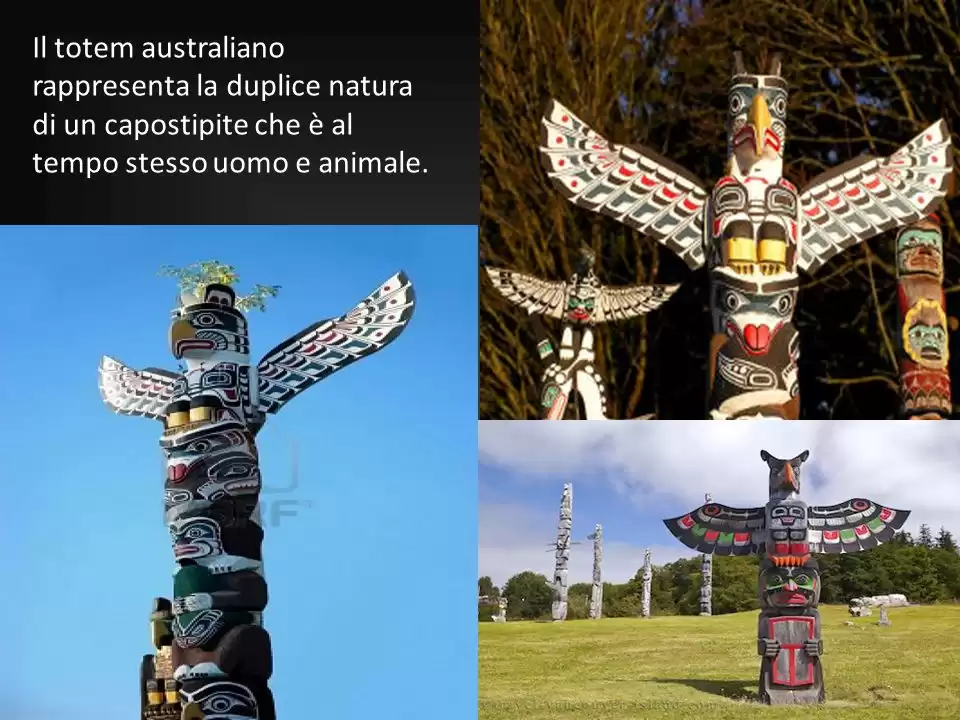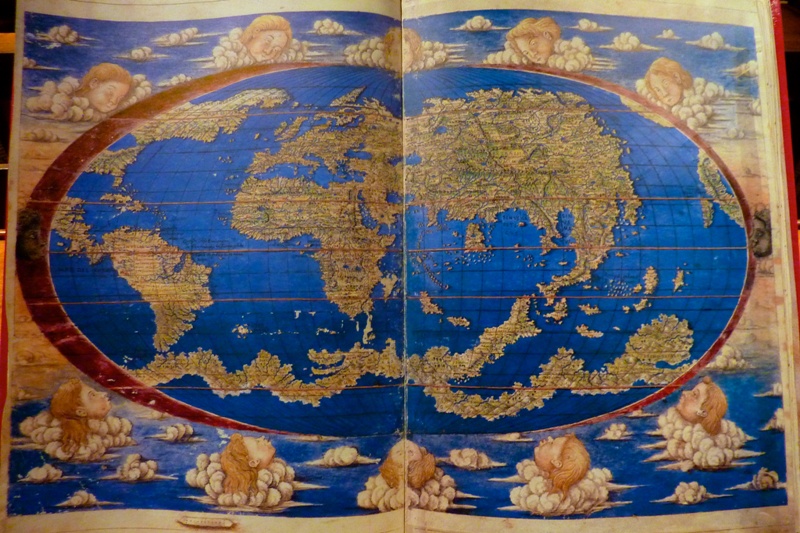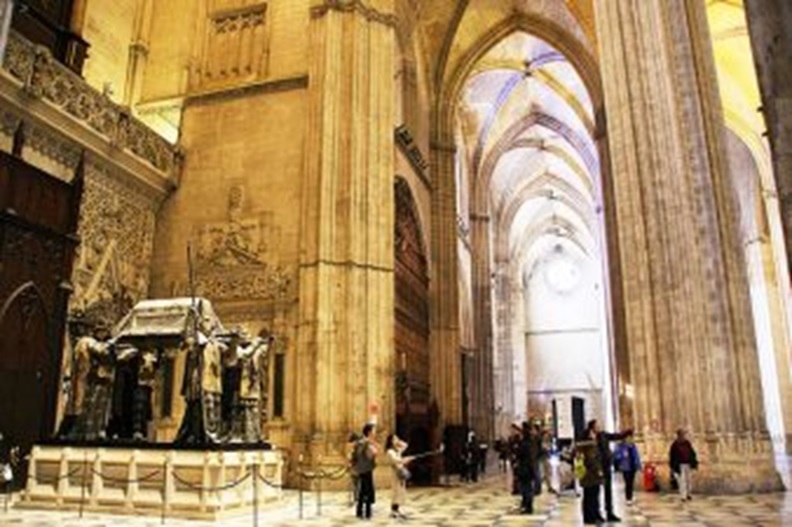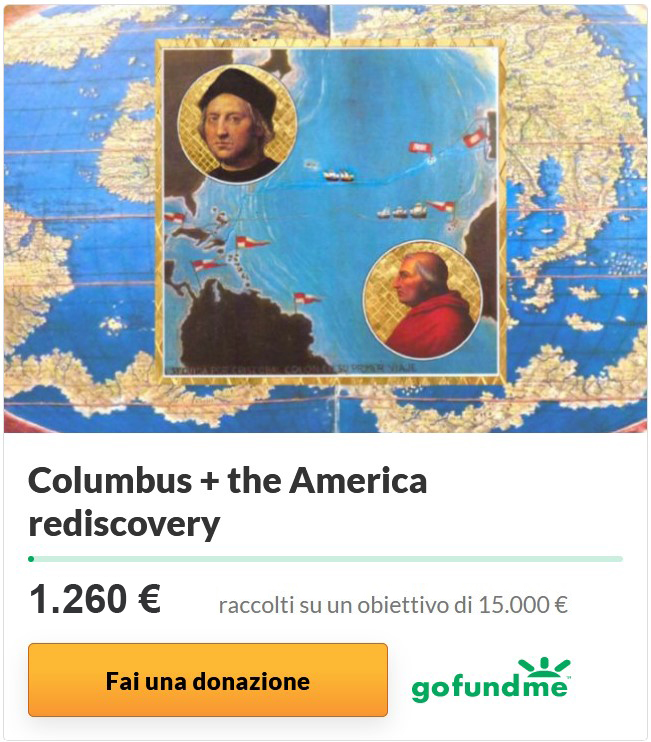
Who is Christopher Columbus? A much more complex figure than the one we have been told about. Let’s see why. In order to do this we have to follow a current of censures, falsehoods and continuous lies. In a story that has been passed on to us by the victors, the Spaniards, of that distant event. That has radically changed, from every point of view, the course of the world. A world that has finally become a single sphere. We have to follow an uninterrupted series of “omissis”, starting with a pope. The one we have always called the “deçaparecido” pope, who vanished. The “sponsor” pope of the venture.
He was called Innocent VIII, Giovanni Battista, of the Cybo family. A pope, who is on St. Peter’s Chair from 1484 to 1492. Until seven days before the navigator’s departure from Palos. A bishop pope from a town near Genoa, Savona, when the alleged family of Christopher Columbus spend a few years in Savona. A pope of Genoese origin, as Genoese as Columbus was. A pope who could even be Columbus’ father. A pope who, as we will see, was the bearer of a different, new Church and for this reason condemned. In a revolution that failed at birth.
Giovanni Battista Cybo, like all the pontiffs of the time, is elected in the name of the final crusade to be carried out against Islam. 500 years have passed, not much has changed. Just as today John Paul II is called to defeat communism, so Innocent VIII was then called to defeat Islam. The moment had come.
In 1453, in the terror of entire Christianity, Constantinople had fallen into the hands of the Turks. No one would have ever believed it. The empire of the East, the second Rome and the holy places of Jerusalem were in the hands of the infidels, the Muslims. Who threatened the “Caput mundi” itself and the papacy, following a siege on the island of Rhodes, stronghold of the knights of the sea, strenuous defenders of Christianity. The Turks had even landed in Puglia in the heel of the Italian boot, at Otranto.
Perhaps never in the course of the history of the West was there such a critical time, pervaded increasingly by millenarianism, apocalyptic visions. Glancing over the series of Renaissance frescoes is enough to realise. In a season soaked by the desire for change and justice. Final judgements, ends of the world, but also “apocalypse-revelation”, possible new worlds. It’s in this melting-pot, which marks out the second half of the fifteenth century and the Renaissance, that operation America slowly takes form. With everything it will entail for the new world order.
The right pope was needed for the time of the just that was drawing near. Giovanni Battista Cybo, a pope struck by culpable forgetfulness and ruined by chroniclers of a changed history, was the right one. The pontiff’s father was called Arano Aronne or Abramo, a Hebrew name. His grandmother was called Sarracina, a Muslim name. In the veins of the pontiff flowed and crossed the blood of the three great monotheistic religions.
Aronne was also a native of Rhodes, the island of the knights, today known as the knights of Malta. A sort of economic and armed multinational, completely and wrongly overlooked in this story. Heirs of the Templar estate. The Cybo, therefore, were from Greece, from the East. They had direct and in-depth knowledge of Islam. Then end of the times, as is known, was preceded by the conversion of the Jews and by the submission of the unfaithful followers of Mohammed. This was what was happening in the Spain of Isabella of Castile and Ferdinand of Aragon.
The Spanish kings were engaged in the war against the Moors and in oppressing the Jews. It was the kings whom the very pope Cybo named “Catholic Monarchs”. Appointing them the task to take the cross forward and financing that war with a series of bulls for the crusade. The crusade would be that of Columbus towards the new world. Whose primary aim was to evangelise idolaters, in line with the recent prophecies.
To that “other” world (Columbus writes “otro”), where at every landing the navigator puts a cross up. Where every name, with which he baptises “islands and new lands”, refers to the faith. Where gold, pearls, precious stones and the wealth he will find have to be destined, first of all, to reconquering the Holy Places, of Jerusalem, of the Holy Sepulchre. Columbus would always write it, always say it. From the early agreements with the king to his will. Despite this shared plan, history up to 14 years ago, when this research began, told us that these two figures, Columbus and Innocent VIII, who lives run parallel, but in perfect syntony, never met. And yet several events were and are self-evident.
Columbus reaches Spain from Portugal, the country launched into geographical discoveries in the Atlantic, to coincide with the accession of pope Cybo to Peter’s Chair. In that land projected in the Atlantic, the order of the Templar knights had never died out. The prophecies said that from Spain would come the man who would open the boundaries of the world. The prophecy, (Columbus among other things would write a “Book of prophecies” unacknowledged even by experts), is one of the keys in interpreting the “revelation” of the New World.
Furthermore, in 1489, several Franciscan envoys of pope Innocent VIII, coming from the Holy Places, met Colombus in Spain to then go back to Rome to Innocent VIII. The Saladin of Egypt hurls threats against the Christians, the crusade needs to be hastened. Gold from the Indies is needed. For a return, according to the calculations of Columbus, in line with those of the Jews, at the time of gold prophesied 150 years later. In a completion of the globe, that would have led to universal peace under the cross. Apprehension again for the Renaissance is turned to the establishment on earth of a new blessed time. With new men (Vitruvius man by Leonardo) and universal men, who live in the harmony of a rediscovered Eden. It’s the dream that would transform into the American dream.
Let’s come to the money of Columbus’ expedition. It has always been said that half was Italian and the other half was Spanish. The Italian half refers to families of Genoese and Florentines and this was known. It wasn’t known that the Genoese families were allied by marriage with the pope of Rome. The Florentine part is of a banker of the Medici, Giannotto Berardi, and this was known. But it wasn’t known that Berardi is a banker, in particular, of the Medici and of Lorenzo the Magnificent. Who is pope Innocent VIII’s son’s father-in-law. The pope’s son, Franceschetto, had married Maddalena, Lorenzo’s daughter. In a dynastic and economic alliance. It mustn’t come as a surprise for those times. All the more so as Cybo set on his ecclesiastical career when he had already fathered many children.
Besides two official children reports attribute to him up to 12 or 14 illegitimate children. Compared with the other popes, however, there’s a difference. The others hide them under the term “nepos”, nephew. Cybo blatantly marries them in St. Peter’s. Almost as though his ancestors, partly Jewish and partly Muslim, consented his priesthood as much as his marriage.
It has always been said that the other part of the sum earmarked for Columbus was Spanish. Let’s see how things went exactly. The money is lent by the Santa Hermandad and by the two partners who administrate it, Luis de Santangel and Francesco Pinelli. And this was known. It wasn’t known that Luis de Santangel, as well as being right-hand man of the kings of Spain he was above all right-hand man of Innocent VIII. In that he was collector of ecclesiastic income in Aragon. While the Genoese, Francesco Pinelli, was nephew of pope Innocent VIII.
Moreover it was overlooked that the loan from Santa Hermandad, also advertised, was paid back a few days later, with the fund of the crusade of the diocese of Badajoz. Whose administrator was also a Genoese, a certain Gentili, “relative” of pope Innocent VIII. Granada has fallen, the war against the Moors in Spain is won. Now the money of the church can be allocated to Columbus. And on this there are documents. The operation, after a long wait, can finally be launched.
The kings of Spain are persuaded by Alessandro Geraldini, an Umbrian Franciscan, of whom John Fitzgerald Kennedy claimed to be a descendant. And the apostolic delegate of pope Innocent VIII. Columbus had been introduced at court by Antonio Geraldini, the brother of Alessandro, a man still with the Vatican. Two Franciscans, the second of which would persuade Isabella to trust the words of the navigator. The financial pledge, therefore, is half Italian, the presumed commitment of the kings of Spain should be considerably reduced, while the scientific and geographic side, the knowledge governing the project, between Venice, Padua, Genoa, Florence, Siena, Naples, Umbria, the Franciscans and Rome is once again Italian. Rome with the “Dominus orbis” pope, master of the world, was for centuries the terminal of all knowledge. Including that of the Viking expeditions. Rome was where reports poured in of missionaries who had travelled over the Asia of wonders.
Only Rome could and above all had to manage the opening of a space, that contradicted even what had been written by many fathers of the church. The heresy of a new world, by now undelayable for many reasons, starting with the invention of printing, which broke the narrow frontiers of knowledge, had to be managed and spanned before others did so. And led back to the great river of faith. Of a faith with Eastern and evangelical aspects.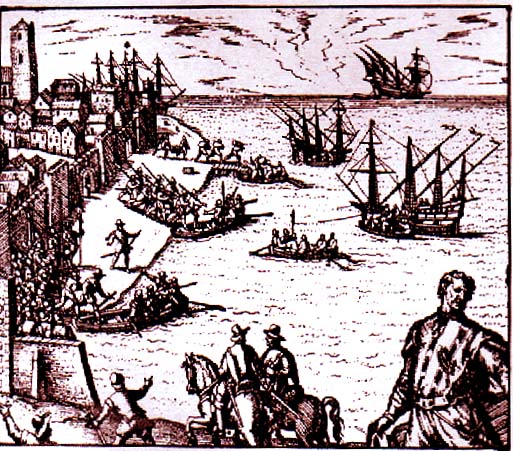 August 3rd, three caravels, Columbus sets off in the name of the Holy Trinity. He doesn’t know that seven days before, on 25th July, Innocent VIII, his “pope”, died. With suspicious timing, at a time when there was poison among the… most popular drinks. Between Italy and Spain, for the news to arrive, it would take about a month. On 25th July, perhaps it’s not a coincidence, the Christian calendar, even today, celebrates St. Christopher. He’s the giant saint who carries the Baby Jesus beyond the waters. Just like the giant Columbus. Who is also the Noah, crossing the flood-ocean and to whom a white bird, after 40 days of sailing, just like it did for Noah, announces the new land, the promised land.
August 3rd, three caravels, Columbus sets off in the name of the Holy Trinity. He doesn’t know that seven days before, on 25th July, Innocent VIII, his “pope”, died. With suspicious timing, at a time when there was poison among the… most popular drinks. Between Italy and Spain, for the news to arrive, it would take about a month. On 25th July, perhaps it’s not a coincidence, the Christian calendar, even today, celebrates St. Christopher. He’s the giant saint who carries the Baby Jesus beyond the waters. Just like the giant Columbus. Who is also the Noah, crossing the flood-ocean and to whom a white bird, after 40 days of sailing, just like it did for Noah, announces the new land, the promised land.
It shouldn’t be forgotten that the symbol is one of the keys to interpreting those times. Of Humanism as of the Renaissance. Columbus starts out not knowing that in Innocent VIII’s place Peter’s chair has been mounted by a Spaniard, a prince of poisons, Rodrigo Borgia: Alexander VI. Elected, as French historian Chaunu underlines, through the schemes of Isabella and Ferdinand.
Alexander VI is the head of a dynasty without ethics and scruples, a kind of Antichrist. What is Columbus’ plan? To discover “new islands and lands”, new islands and continents, as is written in the agreements, where the Indies are never mentioned. To then sail round the globe and reach, after an alliance with the Tartars, ready for an agreement ever since the time of Marco Polo and the mythical priest Gianni, Constantinople and Jerusalem. In fact when Marco Polo talks of Cipango it appears that he’s not talking at all about Japan, an archipelago that didn’t exist yet on the maps.
Marco Polo, though between various interpolations, is suggesting and indicating the existence of a lost land in the boundless ocean, that has many unequivocal references with what tomorrow will be America. Marco Polo, of whom Colombus was a very close reader and who had studied with geographers and navigators of the time, also talks of a Chinese invasion in the second half of the 1200s. The Chinese have never succeeded in landing in Japan. While it is almost certain, as emerges from other research, that they have reached the Americas.
In what is an infinite “game of three maps”. Maps which veil and unveil, revealed maps and secret maps, maps for reaching new lands and maps for sidetracking. All the more so as research continuously shows maps of the time representing America before Columbus. Almost as if the American continent were the secret classic of Pulcinella. The same goes for a “southern land”, present in cartography of the time, “Antarctica, Australia?) adding mystery to the mystery.
But let’s go back to Columbus’ voyage. Cuba is first named Juana, Joanna. The pope is called John. But also the name Cuba, which is thought to be Indian, seems to derive form the etymology of the surname Cybo, which is cubos or cubus. The cube, the cornerstone on which to build the new church, the new mankind; the alchemic dream, the Opus Magnum.
The land of gold being talked about insistently is Cibao. Like pope Cybo. It was the gold of the new food for the new mankind. That Columbus never realised he had been to the Americas is part of the great infamy that slander him 500 years later. Because no one has ever wanted to understand the real significance of an event that upset the world’s stability.
What is certain is that for the five hundredth anniversary of the discovery the only thing missing was a poster with “wanted” written on it, like the ones used for criminals in westerns. As if everything we already know on Columbus and his venture wasn’t enough to guarantee him the admiration of the whole world. Columbus is mankind’s heritage, he was the man who, in line with Messianic expectations, in sight of the end of the 1500s, finally “revealed” (the Apocalypse) to the western world the existence of the Americas.
On return from his first voyage Columbus sends a letter. Frankly today there seem to be too many addressees of that letter, in an extremely foul game of cards. In a version of that message, found only recently at an American antique dealer’s and now in the hands of the Spaniards, one discovers how much we never knew for five centuries. Where Columbus asks the pope of Rome to make his under age son a cardinal. Just as pope Innocent made the under age son of Lorenzo the Magnificent a cardinal, Lorenzo who would then become pope Leo X.
An incredible request, that only those who know about those times can consider in all its importance and in all its boldness. How could he dare if there hadn’t been a precautionary agreement? All the more so as on the tomb of that pope, in St. Peter’s basilica, the only tomb moved from the old Constantine basilica to the new basilica, in a unique tribute for a pope to be made to fall in oblivion, today it still says “Novi orbis suo aevo inventi gloria”. Or rather “In the time of your pontificate the glory of the discovery of a new world”. Why?
The pope dies in 1492, the discovery is dated on Columbus’ return, in 1493. Why that tombstone on the beautiful mausoleum of Pollaiolo And here we can be helped by the famous map of 1513 by a Turkish admiral, Piri Reis. A map kept in the museum of Topkapi in Istanbul. A map on which unequivocally America appears, much more America than that discovered until then. How is that possible?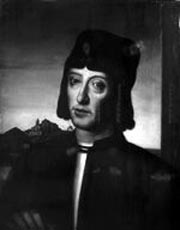 Muslim Piri Reis, who is also supposed to be an adversary of the Christian Admiral (until the pontificate of Innocent VIII probably also a possible ally) talks about Columbus as being a wise man and a great astronomer. He also says that his map comes from that of Christopher Columbus, who had an old map. Which dated back to the library of Alexandria. The source of much mystery knowledge.
Muslim Piri Reis, who is also supposed to be an adversary of the Christian Admiral (until the pontificate of Innocent VIII probably also a possible ally) talks about Columbus as being a wise man and a great astronomer. He also says that his map comes from that of Christopher Columbus, who had an old map. Which dated back to the library of Alexandria. The source of much mystery knowledge.
Maps and books attesting the existence of the new world are also mentioned with regard to the arrival in Rome of Martin Alonso Pinzon, the Spanish captain of the three caravels. Who would let Columbus down several times during the first voyage. Pinzon had got in secretly, shortly before the departure from Palos, during one of his arrivals in Rome, to the Vatican library of Innocent VIII. Where he had found books and maps from distant times that talked about the Americas. Which perhaps dated back to the time of Solomon. Whose ships in ancient times had sailed to the Indies to bring back gold that would have allowed the building of the Temple in Jerusalem. The temple that Columbus wanted to reconquer.
But Piri Reis says more. He says that those lands were reached and “discovered” by Columbus in the year 890 or 896, according to Arab chronology; 890, related to our calendar, gives 1485. Others interpret it as 896, which nevertheless would be 1490-91. Still, before the official date of 1492. Piri Reis also adds a date for the discovery of the Antilles, which goes back as far as to the middle of 1460. The date 890 or 896 would corroborate the tombstone placed in the Vatican. A “discovery”, therefore, that should come earlier than the pontificate of Innocent VIII.
Could the second date, relative to the ‘60s, lead back to a young Giovanni Battista Cybo, “naval pope”, as he is described by historians? In fact it has always been asked how Columbus, on both the outward and return journeys, could have foreseen courses and winds, on a route that is valid even today for those who face the Dark Ocean by sailing.
But the thriller, because this is a great historical thriller and especially economic and geopolitical one, hasn’t finished. The most stimulating, but on which we have insisted less, in order not to be, as journalists, accused of looking for a scoop at all costs, is the one that might identify a blood relationship between Christopher Columbus and pope Innocent VIII. Which might be the true portrayal of Columbus is not known. Those considered most accurate resemble incredibly the very few descriptions of Innocent VIII. So much so that they appear to be one single person.
A description of Innocent VIII call him, as already mentioned, as “naval pope”. Why? In some way he could also be described as the “American” pope. Columbus in the north of Italy means son of an unknown father, a foundling, son of the dove of the Holy Spirit, like the name Esposito in the south. Could father and son perhaps have gone to America together before 1492?
Columbus was always extremely reserved about his origins. He had a family coat of arms, something which in itself indicates that he wasn’t quite a “mister nobody”. The kings of Spain allow him to add it to the new arms, which are he is granted. The initial coat of arms of the Admiral depict a part whose colours refer to those of the Cybo family. Pope Borgia first describes Columbus as “dilecte fili”. “Nato facto”, predestined and programmed for “such a great enterprise”.
An atlas by Ptolemy, kept in the Academy of the Lincei in Rome, has a note that describes him as “Columbus nepos”. Equally in a coeval map at the library of Perugia. Nepos-nephew was the way courtly hypocrisy also called the children of pontiffs. At a time when many popes had children. Like Innocent VIII. A pope outside every norm, in a legacy that refers to the Orders of chivalry. Like those of the Holy Sepulchre and the Templars. Merged into the knights of Rhodes (today of Malta) and which had not given up the dream of a universal synarchy.
The pope came from the East, from Greece which for centuries had preserved knowledge, which now pours into Italy and contributes to the rising of the Renaissance. The pope had grown up among those knights of the sea who in Rome handed over to him as hostage, Djem, the son of Mohammed II, the conqueror of Constantinople. His brother Bajazet usurped the throne of Djem. The two are rivals to the point that both promise the pontiff the restitution of Jerusalem, of the holy places and of Constantinople, as long as he supports one of them.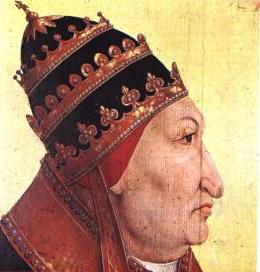 The shrewd, in some ways Levantine, politics of Innocent VIII is a subtle game of chess, just as in his family coat of arms which, in the play of black and white, refers to the colours of the Templar “baussant”. Never as at that time was the papacy, which was the undisputed spiritual head of the Christian world, on the point of also assuming the temporal leadership of the completed globe. The aim was the peace and harmony that the Renaissance pursued. Starting with the harmony of the rediscovered sphere.
The shrewd, in some ways Levantine, politics of Innocent VIII is a subtle game of chess, just as in his family coat of arms which, in the play of black and white, refers to the colours of the Templar “baussant”. Never as at that time was the papacy, which was the undisputed spiritual head of the Christian world, on the point of also assuming the temporal leadership of the completed globe. The aim was the peace and harmony that the Renaissance pursued. Starting with the harmony of the rediscovered sphere.
The plan, that undermined a Trinitarian and sacred world, that upset theology, world economy, that dictated the rewriting of geography and history, seen from a providential point of view, that reshuffled the cards of power, was supposed to lead to the new world of utopia. The book that would be written soon after, inspired by the new discoveries, by Thomas More. Prevailing in the eternal struggle between innovation and preservation, between heterodoxy and orthodoxy, between reformists and antireformists are seconds. And the hawks will once again defeat the doves. Including Columbus.
Columbus is all but the slave driver that one would like to incriminate, even though he remains a crusader, a knight, a soldier of Christ, in times when the cross was identified with the sword. A just man who describes himself as “good with the good, bad with the bad”. At a time when adversaries clashed fiercely, but were ready to acknowledge the worth of the enemy and to sit willingly at a table for a possible reconciliation. In a period when Christianity and Islam faced each other no more and no less as they do today. Our times have a lot to study, to reflect on and learn.
Columbus would go on four voyages, ask in vain to be able to go as a pilgrim to Rome, discover “new islands and land” of which he is perfectly aware. He continues to be passed off as an incompetent, who never understood anything. In what was the grandest and most successful operation of marketing, disinformation and defamation in history. Defamation towards the pope and Columbus. Marketing in favour of the queen Isabella, who, all things considered, would soon disappear from the stage, but above all of Kind Ferdinand of Spain. Who would become the ideal of Florentine writer Machiavelli and of his work “The Prince”.
A prince, a standard bearer king of politics without scruples, that justifies the means and acquits everything. While disinformation and defamation have struck Columbus for 500 years. Entrusted to history as a good-for-nothing solitary sailor. The spiritual gold, the alchemic gold of Columbus and the pontiff, would soon be converted into material gold. The gold-dollar fetish of our times. The knight of also the ideal would be replaced by the international republic of money.
It’s not easy to believe in this Columbus. But if one reads what little remains of documents published years and decades, if not centuries later, documents that have been cut, rewritten and manipulated, even in a superficial examination, what remains is enough to realise that Columbus is certainly not that kind of caricature, that wavers between the fortunate ignoramus and the eager adventurer. A dreamer more of titles and money than of paradisiacal worlds. But ever since his departure Columbus is a dead man walking. In the spring of 1492 Lorenzo the Magnificent died, not long after Innocent VIII dies. They died of disconcerting punctuality. The Borgia family is master of poisons.
Pope Borgia, Alexander VI, splits the world in two with a line on maps of the world and in his capacity as “Dominus orbis” awards the new lands to Spain. The Portuguese, who could already be reached in Brazil, protest. The line, the raja, that divides the globe, is moved: with the new agreement the Portuguese would have and could “discover” Brazil. The families of the Iberian peninsula cross, through a series of marriages and the game of the three cards opens up.
On his second voyage Columbus names the first island he meets, San Juan, today’s Puerto Rico, just like the name of the missing pope, Giovanni Battista. Jamaica is Santiago, the saint who fights with the crusaders against the infidels and therefore the idolaters. Columbus would in fact end up in chains. He would wear the Franciscan twill, his life would be transformed into a calvary, but he would never betray the very Christian kings in order not to cause damage to Christianity.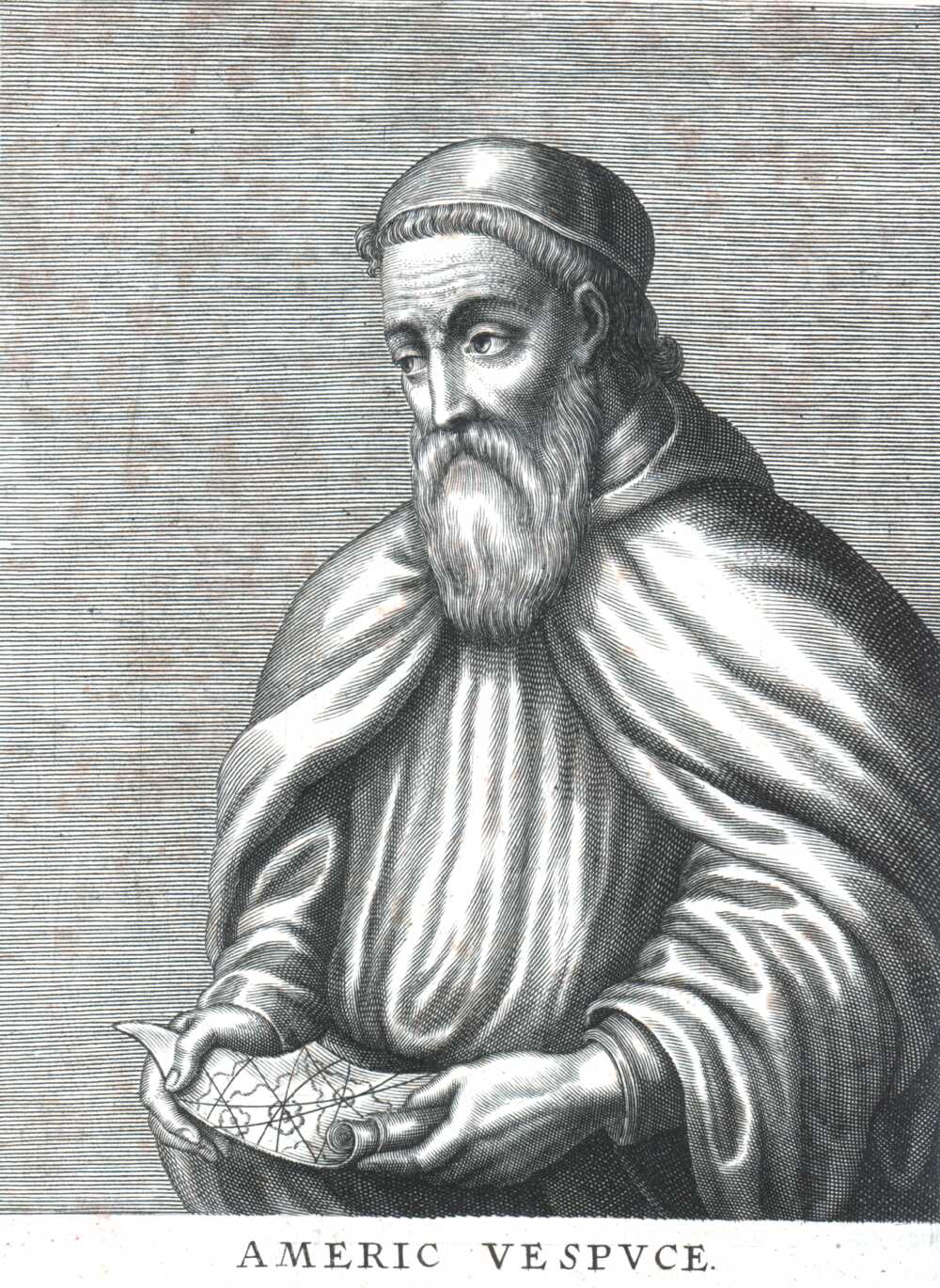 He would die forgotten, deprived of everything. In order for nothing to be granted even to descendants he was supposed to have never reached the continent, never have realised where he arrived. Reports would also invent a false landing by Amerigo Vespucci, preceding that of Columbus. Today the falsehood has been uncovered. Columbus should have got about 60 percent of all the riches. Vespucci is only an employee of the courts of Spain and Portugal. He could never lay claim to the property. For this reason America was named after him.
He would die forgotten, deprived of everything. In order for nothing to be granted even to descendants he was supposed to have never reached the continent, never have realised where he arrived. Reports would also invent a false landing by Amerigo Vespucci, preceding that of Columbus. Today the falsehood has been uncovered. Columbus should have got about 60 percent of all the riches. Vespucci is only an employee of the courts of Spain and Portugal. He could never lay claim to the property. For this reason America was named after him.
No one realises yet the significance of two strongbox-continents of wealth like the Americas. And of the incredibility of a trial to which, back then, the Columbus’ would bring the court of Spain in order to have their property restored to them. Can one imagine impartial witnesses presented in defence of crowned heads against an “ignoble foreigner”? How this show trial for five centuries made the history of the most important event for mankind since the birth of Christ, as some have written, remains a funny mystery.
Columbus signs with a cryptogram, in the shape of a triangle, never sufficiently understood in 500 years. It’s a pyramid, an esoteric triangle, that ends with the words Christo ferens, bearer of Christ or rather bearer to Christ. Columbus would call himself and would be called envoy of divine providence.
S.
.S. A .S.
X M Y
Xpo FERENS
.S.
For five hundred years this cryptogram, like a Grand Master, has been examined without finding a solution. In an unpublished interpretation it can be claimed that the capital letters X, M and Y placed in the middle are the abbreviations of Christ, Mohammed and Jahweh. For that “plenitudo gentium” that the mirage of the Renaissance pursued and which would have coincided with the fullness of space and time. In such as way as to make earthly Jerusalem coincide with heavenly Jerusalem. In line with the prophecy.
In line with that wonderful phrase and it autographs that, ever since the first reading, it appears to be the true spiritual testament of the man Columbus: “The Holy Spirit is present in Christians, Muslims and Jews”. Columbus adds that his knowledge derives from having read: “Jewish, Muslim and Christian texts and those of any other sect”. A man above factions and sectarianism. A man whom two great pontiffs even tried to make a saint: Pius IX and Leo XIII.
Pius IX certifies that Columbus went being driven by the Holy See and that “when the real documents would come to light the truth would be known”. Leo XIII writes an encyclical letter never written to someone who wasn’t already a saint, declaring: “Columbus is ours, what he did, he did it for the Church”. Even when memory of Columbus is by then lost, in Italy famous portrait painters, almost always artists of the Vatican, would continue to portray him. The portrait of Columbus is nearly always that of a monk, for the Spanish preferably that of a knight. A monk knight.
Did Columbus discover America? It’s a question that can no longer be asked. Who was the first is something we will never know. For a long time the Chinese and probably also the blacks had landed there. As for America it was already of the natives. Sooner of later it will certainly be proven that others went, perhaps even in very ancient times, to that other world before Columbus. Primacies are always relative, covered especially with narcissism and nationalism.
But if others went there, as is credible, they indeed didn’t understand or didn’t want to understand or make it understood. Even though the question arises as to who, how, when and why America was made to vanish from knowledge. Nevertheless all those previous voyages or not have no meaning for us. Because they have never had a consequence for humanity. Columbus is the revealer who transforms a flat plate into a single sphere. The one who gives back to man’s journey the missing part of a world until then mutilated. The one with whom for the first time history and geopolitics suffer a blow on the course towards out world and our times. Columbus in this sense remains the absolute first. But also the last, the definitive.
In St. Peter’s today one can still see the tomb of that pope eliminated by the Spaniard Borgia, Innocent VIII. A pope much more innocent than what history hands down. And since history has a meaning if it can give sense to the present, perhaps it is necessary to reassert that back then East and West, Islam and Christianity, confronted each other, when necessary, with no holds barred just like today. With the failure of the utopian plan of a universal peace the West therefore won thanks to the Christian, to the Italian, to the Italo-American Columbus. Thanks to the American pope.
We have seen that with Piri Reis the Turks had the same maps as the Christians. They had powerful fleets, with which they had defeated the Christians in Constantinople. They in turn would have been able to reach America. If Columbus hadn’t got there today America would kneel towards Mecca. Islam for its redemption wouldn’t have needed a Bin Laden, who revives the myth of the crusade and the holy war. Because the two towers could have been a double minaret for the voice of the muezzin. But in America, before Columbus, the Chinese had also arrived. Once again salvation came from Columbus. Otherwise Americans would have been able to brandish the book of Mao.
As for the fact that it would have been better not to discover America it can only be added that the breaks can’t be put on history and politics. That on can’t state that the survival of the tents of the Indians in place of the skyscrapers of Manhattan could have been a “step forward” for mankind. If America is Christian, if the West today can defend itself from the aggression of Islamic fundamentalism it is owed to Columbus.
Pope Innocent VIII was very familiar with Islam. He probably dreamed, through his messenger Columbus, though in a ruling position, of settling a truce, an armistice, a peace. To found the new age of gold with the gold of the Indies. America appeared to Columbus like a paradise. The words are his. But on first impact the gold blinded the spirit of men. And the meeting transformed into an uninterrupted, bloody and cruel encounter. It is perhaps up to the new times of the new millennium, which reintroduces old conflicts, to inherit a possible better world. For a new world with as actor the new man pursued especially by the Renaissance.
And it will be worth concluding with some of the desperate and wonderful words of a tired and exhausted Columbus, abandoned on the coasts of Jamaica, on his fourth voyage: “I, as I said, feel lost and destroyed… until now I have cried for others. May the sky be moved to compassion and the earth cry for me… alone, in my suffering, infirm, waiting day after day for death… I didn’t go on this journey to win honour and a rise in wealth, for the hope to win had already died… may they cry for me, those who bear charity in their hearts, and truth and justice.” Because truth and charity are still far away. And justice hasn’t been done. But Columbus also wrote that “truth triumphs always”.


